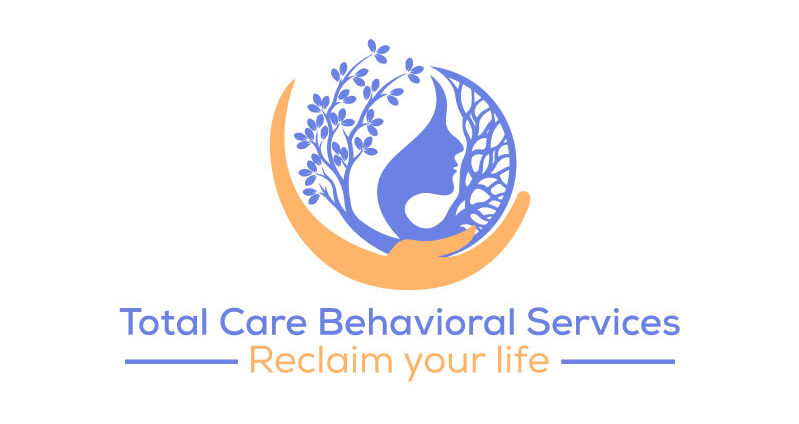Bipolar Disorder vs. Borderline Personality Disorder: Key Differences and Overlaps Explained
How do bipolar disorder and borderline personality disorder differ? While both conditions are widely discussed in mental health conversations, their unique characteristics often lead to confusion.
Key Takeaways
Introduction
Mental health conditions affect nearly 1 in 5 adults in the United States, according to the National Institute of Mental Health (NIMH). Despite their prevalence, many mental health disorders remain misunderstood, leading to confusion and stigma. Two conditions that are often conflated are bipolar disorder and borderline personality disorder (BPD). While they share some overlapping symptoms, such as mood instability and impulsivity, they differ significantly in their causes, duration of symptoms, and treatment approaches. This article will explore these key differences and similarities, backed by evidence, and highlight the importance of accurate diagnosis for effective treatment.
Bipolar Disorder vs Borderline Personality Disorder: Key Differences
Variations in Mood Patterns
Bipolar disorder, which affects approximately 2.8% of adults in the U.S., is characterized by episodic mood changes. These episodes include periods of mania or hypomania, marked by heightened energy, euphoria, or irritability, as well as depressive episodes involving feelings of sadness, fatigue, and hopelessness. These mood swings can last days to months and often occur independently of external events.
In contrast, BPD affects around 1.4% of the U.S. adult population and involves situational mood fluctuations triggered by external stressors or interpersonal conflicts. Emotional shifts in BPD tend to be more rapid, occurring over minutes or hours, rather than the prolonged episodes seen in bipolar disorder.
Differences in Impulsivity and Emotional Regulation
Impulsivity is a common symptom in both conditions but manifests differently. In bipolar disorder, impulsive actions, such as reckless spending or risky behaviors, are typically associated with manic or hypomanic episodes. According to research, nearly 25-50% of individuals with bipolar disorder report engaging in impulsive behaviors during manic phases.
BPD, however, is marked by a persistent pattern of impulsivity, often tied to difficulties with emotional regulation. For instance, individuals with BPD may engage in self-harming behaviors or struggle with substance abuse as a way to cope with intense feelings. Studies indicate that approximately 70-75% of people with BPD report self-harm behaviors at some point in their lives.
Distinctions in Relationship Challenges and Self-Identity
A hallmark feature of BPD is unstable relationships, often driven by fears of abandonment and difficulties maintaining a consistent sense of self. According to the DSM-5, BPD is defined by at least five of nine diagnostic criteria, including intense interpersonal instability. Conversely, while bipolar disorder can strain relationships during mood episodes, it does not typically involve the same level of ongoing relational or identity instability.

Shared Features and Misdiagnosis
Why They Are Often Confused
Both disorders involve mood swings, impulsivity, and emotional distress, making them easy to confuse without a comprehensive clinical evaluation. Studies show that misdiagnosis is common; for example, one study found that up to 40% of individuals with BPD are initially misdiagnosed with bipolar disorder.
Overlapping Symptoms
Mood instability and impulsive behaviors are shared features of both conditions. However, recognizing the context and duration of these symptoms is key to differentiating the two. For example, while mood swings in bipolar disorder occur over extended periods, those in BPD are more reactive and fleeting.
Importance of Accurate Diagnosis
Accurate diagnosis is critical for effective treatment. Research shows that misdiagnosis can delay appropriate interventions, leading to increased emotional distress. Early and precise identification of either condition is associated with better outcomes, including improved quality of life and reduced hospitalizations.
Diagnosis and Treatment Approaches
Diagnostic Criteria for Each Disorder
Diagnosing bipolar disorder involves identifying specific patterns of mania, hypomania, and depressive episodes as outlined in the DSM-5. In contrast, BPD is diagnosed based on chronic emotional instability, impulsive behaviors, and interpersonal challenges.
Treatment Options for Bipolar Disorder
Treatment for bipolar disorder typically includes:
Treatment Options for BPD
For BPD, psychotherapy is the cornerstone of treatment, with dialectical behavior therapy (DBT) being the most evidence-based approach. Studies show that 77% of individuals who complete DBT experience significant symptom improvement. Other therapies, such as mentalization-based therapy and schema therapy, are also effective. Medications may be used to manage co-occurring symptoms like anxiety or depression.
Living with Bipolar Disorder or BPD
Challenges Faced by Individuals and Their Loved Ones
Both disorders pose significant challenges. Individuals with bipolar disorder often experience disruptions in employment, relationships, and daily routines due to unpredictable mood episodes. Meanwhile, individuals with BPD may face social isolation and strained relationships due to their intense emotional reactions and fear of abandonment.
Tips for Coping and Managing Symptoms
- Build a Support Network: Whether it’s family, friends, or support groups, having a reliable network can make a difference.
- Engage in Therapy: Regular therapy sessions provide tools for managing symptoms and improving relationships.
- Practice Self-Care: Regular exercise, mindfulness practices, and stress management techniques are crucial for maintaining emotional balance.
Importance of Support Systems
Strong support systems are essential for recovery. Studies suggest that individuals with supportive families and peer networks have better outcomes, including reduced symptom severity and fewer hospitalizations.
Conclusion
Bipolar disorder and borderline personality disorder are complex and often misunderstood conditions that require careful diagnosis and treatment. By recognizing their differences and shared features, individuals and mental health professionals can work together to ensure appropriate care. If you or someone you know is struggling, seeking professional help is a critical first step toward managing symptoms and improving quality of life.
About TotalCare Behavioral Services
In Totalcare Behavioral Services, provides compassionate and evidence-based care to those seeking mental health support. Whether addressing complex conditions like bipolar disorder and BPD or helping clients navigate life’s challenges, Totalcare Behavioral Services offers tailored treatment plans designed to foster healing and growth in a safe and supportive environment.
Frequently Asked Questions
References:
- Mental illness. (n.d.). National Institute of Mental Health (NIMH).
- Bipolar disorder. (n.d.). National Institute of Mental Health (NIMH).

